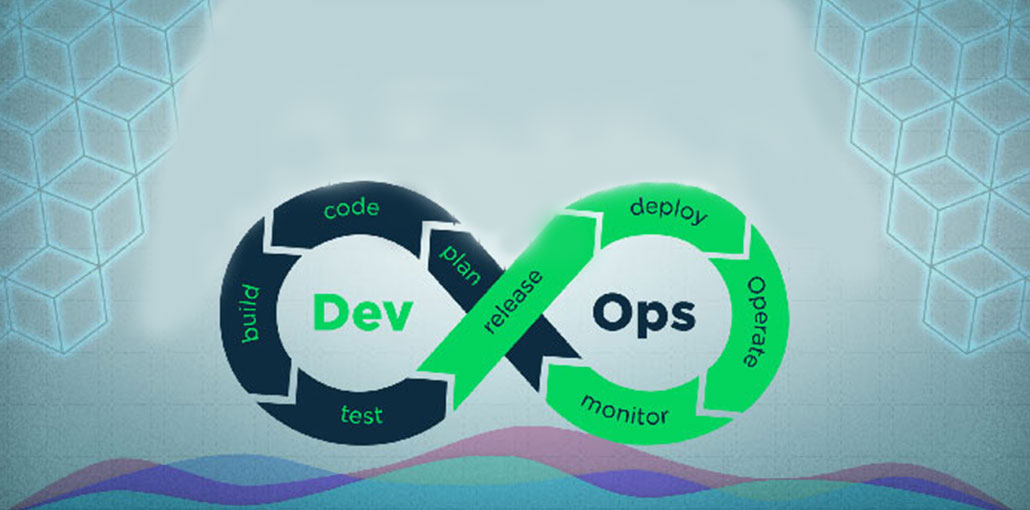According to a Markets and Markets report, the global DevOps Market grew from USD 2.90 Billion in 2017 to USD 10.31 Billion by 2023 at a Compound Annual Growth Rate of 24.7% during the forecast period. Organizations are keen to adopt DevOps to reduce their software delivery cycle and deliver better software quicker.
Verified Market Research predicts that the Global DevSecOps Market will grow at a 30.76% CAGR from 2020-2027, despite all the promises it makes.
Many people are now recognizing the benefits of DevSecOps. This is due to the increasing acceptance of DevOps Practices within the IT community. It is the DevOps security methodology that takes less time to implement and maintain. The security of DevOps practices is integral to their development and maintenance.
DevSecOps’ primary objective is to ensure security throughout the entire lifecycle of software development. This will be accomplished by both the operational and security teams. This blog will explain how to implement DevSecOps and automate the entire pipeline from continuous integration through deployment.
Also read: Agile vs DevOps : What is The Similarities & Differences
5 Key Techniques To Improve DevSecOps Implementation
1. The Team Needs To Understand the New Culture of DevSecOps
The DevSecOps group consists of three teams: the IT operations, development, and security teams. The DevSecOps group aims to improve security protocols for the application and infrastructure.
Modern development best practices require companies to merge development, IT operations, and security teams under one DevSecOps umbrella in order to create and release code faster by integrating security and shift-left strategies.
It reduces the risk of losing knowledge by facilitating communication, collaboration, and team alignment. This helps build trust and empowers the deployment process.
2. Agile Methodology Used in DevSecOps to Deliver Code in Small, Frequent Reprints
DevSecOps cannot replace agile methodologies. While it complements agile, it cannot replace faster product development and delivery. DevSecOps uses agile methodology to deliver code faster and more frequently.
The agile methodology includes software testing, quality assurance, and production support. DevsecOps offers tools to enable agile adaptation. DevSecOps focuses on security testing in the early stages of software development to increase quality. It is an integral part of Continuous Integration and Continuous Delivery.
3. Embrace Automated Testing
DevSecOps brings together the best of DevOps, automated testing, and other tools. Automated testing is a way to keep the DevOps model connected. This allows for faster delivery and better quality applications. It allows the software to be released and errors can be found on a regular basis.
It is also crucial in handling cyber-attacks that strengthen across all industry sectors. Automated testing provides comprehensive security testing strategies and protects enterprise-critical applications. This is a part of the release cycle and helps to fix common vulnerabilities. It starts with infrastructure or application penetration by an attacker to overcome such vulnerabilities.
Also read: 7 Ways Transformation Blueprint for SecDevOps
4. 24/7 Continuous Monitoring and Scaling
DevSecOps requires continuous monitoring 24 hours a day. This includes several continuous monitoring tools that ensure intelligent security systems. This allows you to have a better audit and traceability of Security.
Continuous monitoring and scaling are also important in order to maintain large data centers. This allows organizations to scale their IT infrastructure automation process and reduce wastage.
5. Bringing Security in CI-CD Pipeline
Many enterprises have taken on security responsibilities at all levels, including Product Owners, Product Managers, and Development. There are many problems, including massive fallouts and abrupt resignations from the C-suite, as well as failing executives to meet consumer demand. Enterprises need to highlight the importance of DevSecOps combining security teams and partners, and establishing a plan for security automation within the CI-CD pipeline.
Many organizations also follow agile development, where DevSecOps assists in security audits as well as penetration testing. Look into this solution (duplocloud.com/solutions/devops-as-a-service) which is a no code/low code DevSecOps automation platform.
DevSecOps engineers work in conjunction with continuous CI-CD delivery to ensure continuity for securing software deliverables. This allows companies to quickly respond to security incidents on a schedule and within a budget.










Leave a comment